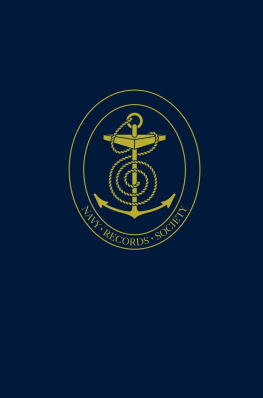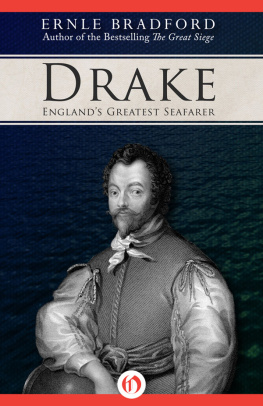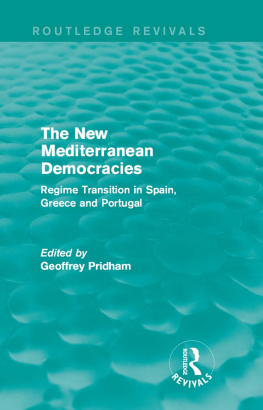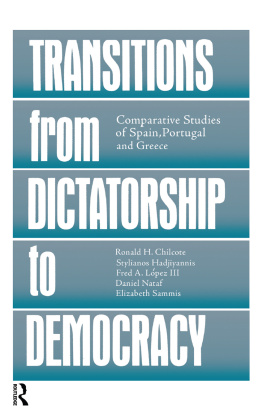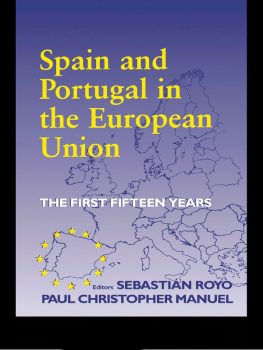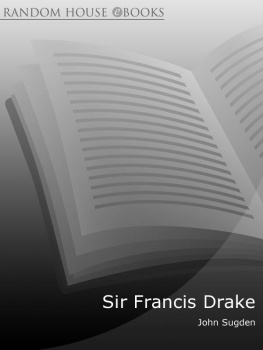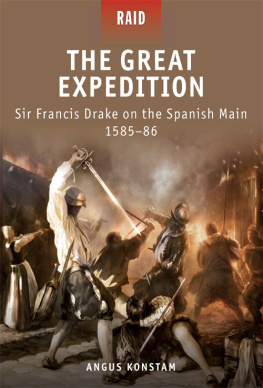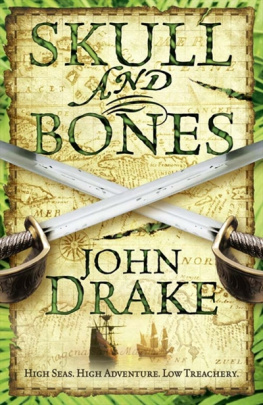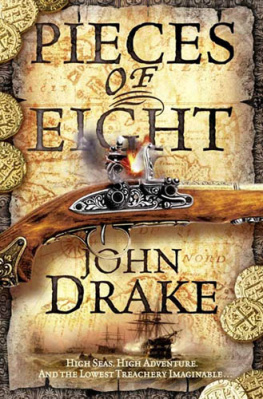PUBLICATIONS
OF THE
NAVY RECORDS SOCIETY
VOL. 127
THE EXPEDITION OF
SIR JOHN NORRIS
AND
SIR FRANCIS DRAKE TO SPAIN AND PORTUGAL, 1589
THE NAVY RECORDS SOCIETY was established in 1893 for the purpose of printing unpublished manuscripts and rare works of naval interest. The Society is open to all who are interested in naval history, and any person wishing to become a member should apply to the Hon. Secretary, c/o the Public Record Office, Chancery Lane, London WC2A 1LR. The annual subscription for individuals is 10, and for libraries and institutions 12, which entitles the member to receive one free copy of each work issued by the Society in that year, and to buy earlier issues at much reduced prices.
SUBSCRIPTIONS and orders for back volumes should be sent to the Hon. Treasurer, c/o Binder Hamlyn, 8 St Bride Street, London EC4A 4DA.
THE COUNCIL OF THE NAVY RECORDS SOCIETY wish it to be clearly understood that they are not answerable for any opinions and observations which may appear in the Societys publications. For these the editors of the several works are entirely responsible.
Sir Francis Drake after the original portrait in the National Maritime Museum. Reproduced by kind permission of the Trustees of the National Maritime Museum.
THE EXPEDITION OF
SIR JOHN NORRIS
AND
SIR FRANCIS DRAKE
TO SPAIN AND
PORTUGAL, 1589
Edited by
R. B. WERNHAM
Emeritus Professor of Modern History, Oxford
PUBLISHED BY ROUTLEDGE FOR THE NAVY RECORDS SOCIETY
First published 1988 by Temple Smith
Published 2018 by Routledge
2 Park Square, Milton Park, Abingdon, Oxon OX14 4RN
52 Vanderbilt Avenue, New York, NY 10017
Routledge is an imprint of the Taylor & Francis Group, an informa business
The Navy Records Society 1988
All rights reserved. No part of this book may be reprinted or reproduced or utilised in any form or by any electronic, mechanical, or other means, now known or hereafter invented, including photocopying and recording, or in any information storage or retrieval system, without permission in writing from the publishers.
Notice:
Product or corporate names may be trademarks or registered trademarks, and are used only for identification and explanation
ISBN 13: 978-0-566-05578-2 (hbk) 978-1-911-42356-0 (pbk)
Typeset by Acorn Bookwork, Salisbury, Wiltshire
THE COUNCIL
OF THE
NAVY RECORDS SOCIETY
1988
PATRON
H.R.H. THE PRINCE PHILIP, DUKE OF EDINBURGH,
K.G., O.M., F.R.S.
PRESIDENT
THE RT HON. THE LORD CARRINGTON,
K.G., C.H., K.C.M.G., M.C., P.C.
VICE-PRESIDENTS
A. W. H. PEARSALL, I.S.O., M.A.
H. U. A. LAMBERT, M.A.
A. P. MCGOWAN, M.A., Ph.D.
Admiral of the Fleet the Lord LEWIN, K.G., G.C.B., M.V.O.,
D. S.C., F.R.S.A., Hon.D.Sc.
COUNCILLORS
N. R. BOMFORD, M.A.
John GOOCH, B.A., Ph.D., F.R.Hist.S.
R. J. B. KNIGHT, M.A., Ph.D.
R. F. MACKAY, M.A., D.Litt.
A. J. MARSH, M.A.
Lieutenant-Commander Lawrence PHILLIPS, R.D., R.N.R.
P. M. H. BELL, B.A., B.Litt., F.R.Hist.S.
Lieutenant-Commander J. V. P. GOLDRICK, B.A., M.Litt., R.A.N.
A. D. LAMBERT, M.A., Ph.D.
Captain A. B. SAINSBURY, V.R.D., J.P., M.A., R.N.R.
Professor D. M. SCHURMAN, M.A., Ph.D.
Geoffrey TILL, M.A., Ph.D.
C. S. WHITE, M.A.
Jonathan COAD, M.A., F.S.A.
Miss P. K. CRIMMIN, B.A., M.Phil., F.R.Hist.S.
E. R. LI. DAVIES, B.A., B.Sc.
J. D. DAVIES, M.A., D.Phil.
Professor B. McL. RANFT, M.A., D.Phil., F.R.Hist.S.
K. C. BREEN, B.A., M.Phil.
R. P. CROWHURST, B.A., Ph.D.
The Hon. David ERSKINE, M.A.
Roger A. MORRISS, B.A., Ph.D.
M. A. SIMPSON, M.A., M.Litt.
R. W. A. SUDDABY, M.A.
HONORARY SECRETARY
N. A. M. RODGER, M.A., D.Phil., F.S.A., F.R.Hist.S.
HONORARY GENERAL EDITOR
A. N. RYAN, M.A., F.R.Hist.S.
HONORARY TREASURER
C. SWINSON, M.A., F.C.A.
CONTENTS
Letters and Papers:
Appendices:
Sir Francis Drake (National Maritime Museum)
Inset: Approaches to Lisbon
Crown copyright material is reproduced by permission of the Controller of Her Majestys Stationery Office. My thanks are also due to the Keeper of Manuscripts, the British Library; the Keeper of Western Manuscripts, the Bodleian Library, Oxford; the Keeper of Manuscripts, Cambridge University Library; the Librarian, the Pepysian Library, Magdalene College, Cambridge; His Grace the Archbishop of Canterbury and the Trustees of Lambeth Palace Library; the Marquess of Salisbury; the Council of the Hakluyt Society; the National Maritime Museum, Greenwich; and, for help and counsel, to Dr R. F. Hunnisett, Mr Alan Pearsall and, last but far from least, to the General Editor, Mr A. N. Ryan.
DATING, SPELLING, AND PUNCTUATION
Dates are given in the Old Style, unless otherwise stated. Spelling (with a few exceptions) and punctuation have been modernised.
Theatre of Maritime Operations, 15881589
By 24 August 1588 it was known for certain that the great Spanish Armada, bruised and battered in its encounters with the English naval forces in the Channel and off Gravelines, was at last westwards of the islands of Orkney.1 It was, that is to say, past the point of no return and committed to the long and hazardous voyage home around the west of Scotland and Ireland. Those of its ships that survived the perils of those inhospitable coasts in that stormy summer could hardly be either seaworthy or battleworthy for months to come. So for months to come Spain would have no Atlantic fleet in being. How might England make the most of this opportunity?
The Queens first idea was to send off part of her navy for the intercepting of the King [of Spain]s treasure from the Indies [see Document no. 5]. This was a natural, if by no means novel, idea and one with an especial appeal after all the expenses of the past two or three years. It was natural because the power and cohesion of Spains empire depended, to a greater or lesser extent, upon three lines of communication by sea. The first, across the Bay of Biscay and up the Channel, was the easiest and quickest way for sending reinforcements, supplies, and pay to Spains main field army fighting the rebel Dutch in the Netherlands. However, although war with England had already virtually closed this route, there was an alternative, longer and slower but now safer, way round by land from Milan and Genoa through Savoy, whose duke was the King of Spains son-in-law, on by Spanish Franche-Comt, and then Lorraine, whose duke was likewise a client of Spain, and so to Luxembourg and Brussels.
The second line of communication by sea was again across the Bay of Biscay and up the Channel, but then continuing on across the North Sea to Hamburg and into the Baltic to the other Hanseatic Towns, Poland, and Scandinavia. From there came back to Spain the masts, cables, canvas, pitch, and other naval stores essential for the equipment of her armadas, and the corn that was becoming hardly less essential as drought and a series of bad harvests brought near-famine to Spain and much of southern Europe. Here again, however, there was another, if longer, more expensive, and this time more risky, way round by sailing west of Scotland and Ireland, a way exposed to serious English interference only on its final stage.

